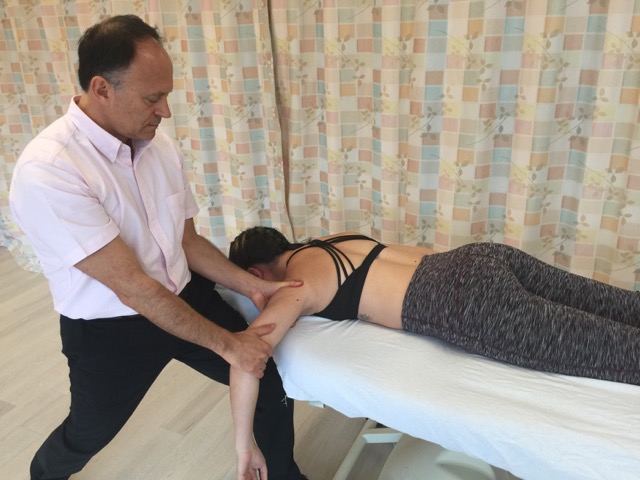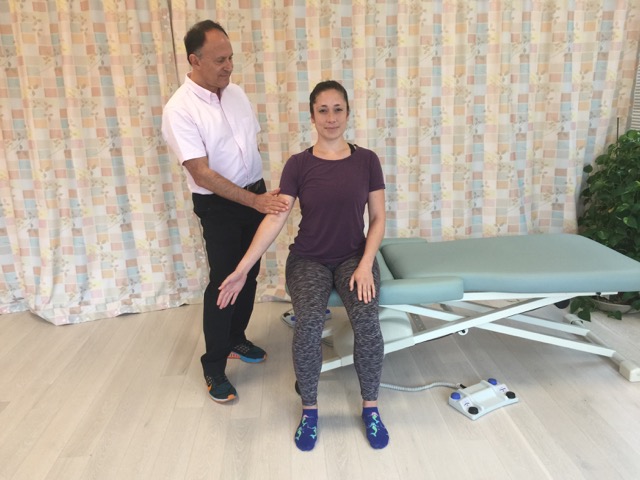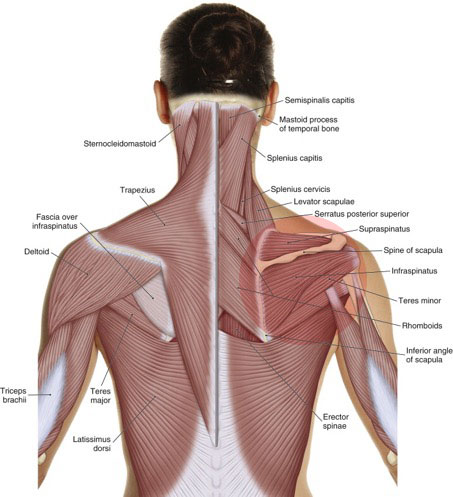For scapular upward rotation to occur, scapular downward rotator musculature must lengthen. If scapular downward rotation muscles are tight, they might not be flexible enough to allow for scapular upward rotation, thereby causing shoulder impingement syndrome to occur.
How do we treat rotator cuff pathology with manual therapy?
Manual therapy treatment for a pathologic rotator cuff tendon depends on which tendon is affected and the specific pathology of the tendon.
What are the self-care and medical approaches to rotator cuff pathology?
Self-care for the client/patient with rotator cuff pathology depends on the specific muscle that is affected and the specific pathology that is present.
What are the signs and symptoms of and how do we assess (diagnose) rotator cuff pathology?
Signs and symptoms of rotator cuff pathology include pain, joint crepitus, weakness, and decreased range of motion when moving the shoulder (glenohumeral) joint.
What are the causes of rotator cuff pathology?
The two most common types of rotator cuff pathology are rotator cuff tendinitis and rotator cuff tear, most often of the supraspinatus and infraspinatus.





